(1798-1860)
View taken at Bagatelle
Study in oil on its original canvas
H. 19 cm; L. 24.5 cm
Annotated in ink on the stretcher: View taken at Bagatelle (M. Coignet) Around 1830
Jules Coignet entered the studio of Jean-Victor Bertin around 1819. However, he quickly detached himself from the historical landscape practiced by his master and painted views of nature from the motif; before the Barbizon school, he was thus one of the first to paint in the forest of Fontainebleau. After trying unsuccessfully to compete in the Grand Prix de Rome for historical landscape, he spent a few years in Italy and Sicily, and sent sights to the Salon in 1824. This was the beginning of a long series of trips that would bring him in all regions of France, but also in Egypt, Syria, Asia Minor, Tyrol and again in Italy between 1840 and 1843. From his travels, he will bring back enough to publish several collections of lithographs. he will also devote two illustrated albums to the technique of landscape from nature, which he taught to many students. While he was one of the most recognized landscapers of his time, Jules Coignet was criticized after his death, the "moderns" seeing him only as a pale emulator of Corot. It has recently been rehabilitated thanks to exhibitions such as Paysages d'Italie (Grand Palais, 2001). He is now re-registered in the movement of precursor artists who, from Pierre-Henri de Valenciennes to Camille Corot, practiced plein air painting long before Impressionism, developing a more direct approach to the landscape: "He shows nature as that it is, writes Vincent Pomarède, in a contemporary way, basing the purity of his art on a great freedom of touch, associated with an uncompromising rigor. "(Paysages d'Italie catalog, page 169). Despite his presence in many museums, a large part of his work remains to be discovered. Removed with a light brush, using juices reminiscent of watercolor, our view of Bagatelle testifies to a great audacity of composition. The architecture of the castle is not celebrated, as in the classic vedute, but only suggested by the appearance of a column on the right, of which a simple lamppost doubles the verticality. Briefly described, the famous sphinxes on the terrace are modeled by the last gleams of a setting sun which sets the sky ablaze above the black mass of Mont Valérien. The mauve-orange color scheme is unusual in a French landscape that barely emerges from Poussin. From a deliberately devoid of emphasis, the artist draws an image that anticipates modern photography.



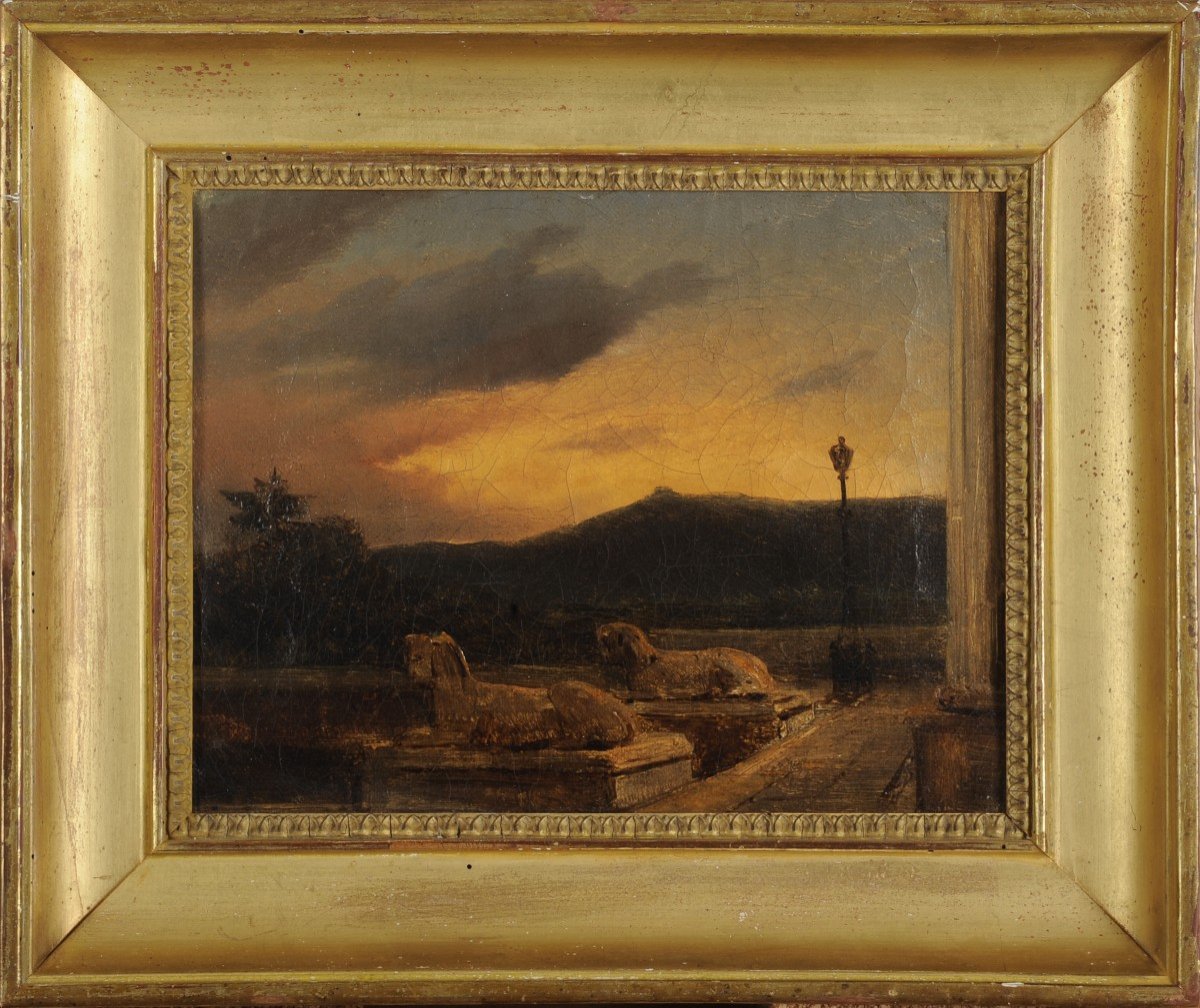

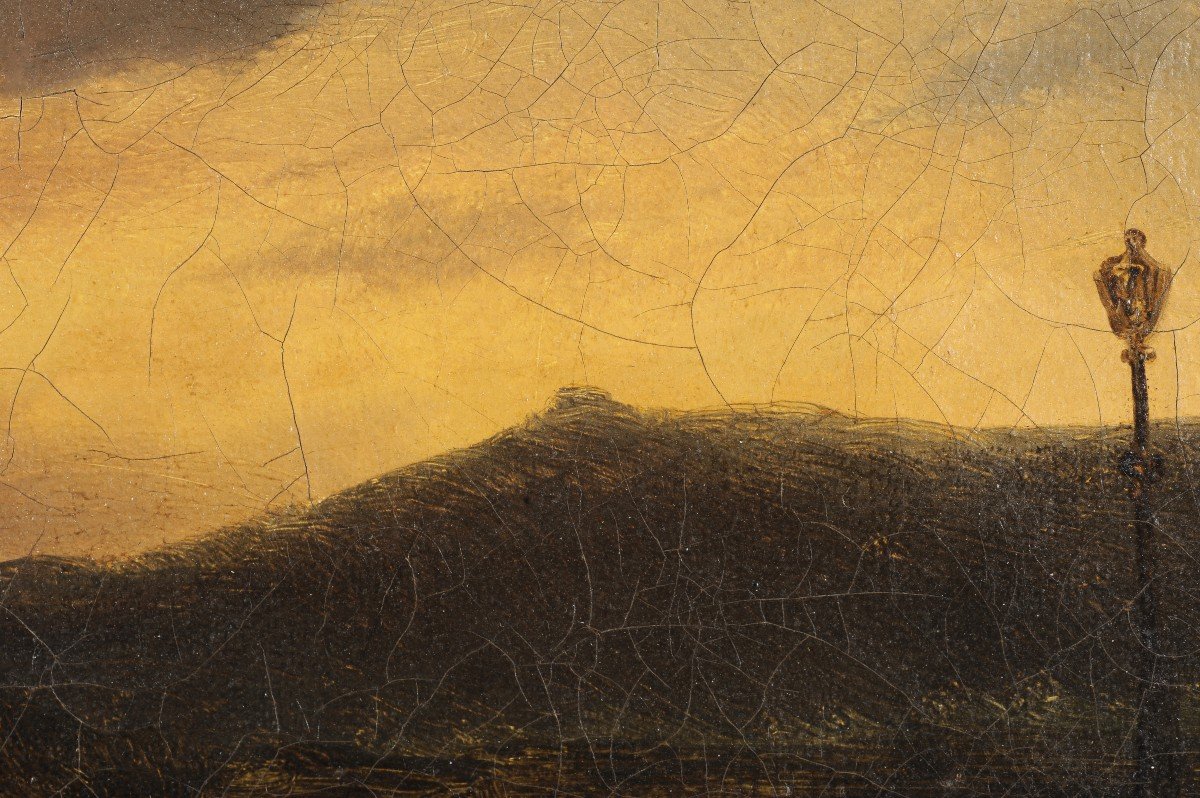

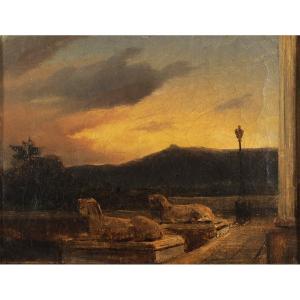






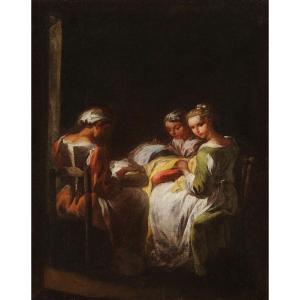

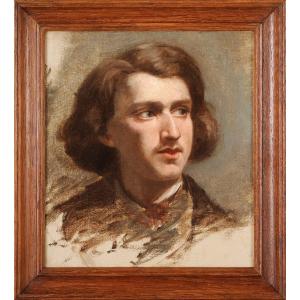



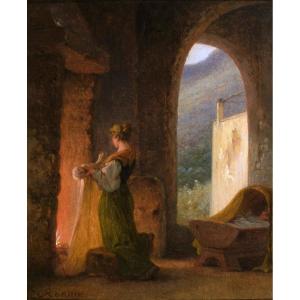


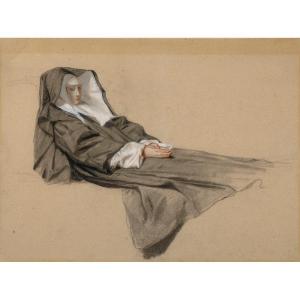
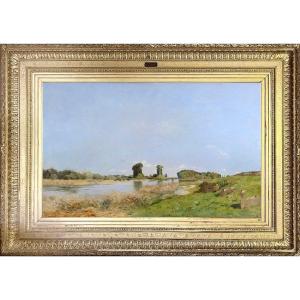




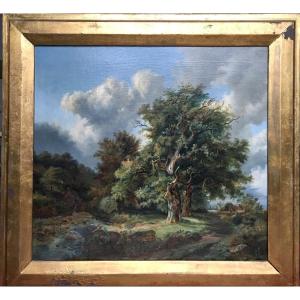


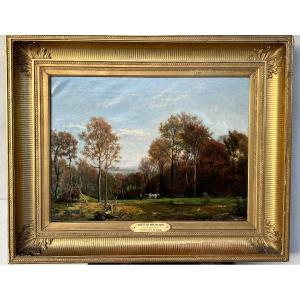



 Le Magazine de PROANTIC
Le Magazine de PROANTIC TRÉSORS Magazine
TRÉSORS Magazine Rivista Artiquariato
Rivista Artiquariato